Infrastructure Investment
The hyper loop-technology market is poised for growth due to substantial investments in infrastructure. The US government and private sector are increasingly allocating funds to develop the necessary infrastructure for hyper loop systems. In 2025, it is estimated that investments could reach upwards of $10 billion, aimed at constructing test tracks and full-scale systems. This influx of capital is likely to accelerate the deployment of hyper loop technology across various states, enhancing connectivity and reducing travel times. Furthermore, the collaboration between public and private entities is expected to foster innovation and efficiency in the construction process, thereby driving the hyper loop-technology market forward.
Technological Integration
Integrating advanced technologies is crucial for influencing the hyperloop-technology market. Innovations in materials science, propulsion systems, and automation are enhancing the feasibility and safety of hyper loop systems. For instance, the use of magnetic levitation technology is expected to improve energy efficiency and reduce maintenance costs. As these technologies mature, they are likely to lower the barriers to entry for new players in the hyper loop market. Additionally, partnerships with tech companies could lead to breakthroughs that further enhance system performance, thereby driving market growth and adoption.
Environmental Considerations
Environmental concerns are becoming a pivotal driver for the hyper loop-technology market. As climate change awareness increases, there is a strong push for sustainable transportation solutions. Hyper loop systems are designed to be energy-efficient, potentially utilizing renewable energy sources. Reports suggest that these systems could reduce carbon emissions by up to 50% compared to traditional rail and air travel. This alignment with environmental goals is likely to attract both government support and consumer interest, further stimulating the hyper loop-technology market. The emphasis on sustainability may also lead to favorable regulations and incentives for companies investing in this technology.
Public Demand for Faster Travel
There is a growing public demand for faster and more efficient travel options, which is significantly impacting the hyper loop-technology market. As urban populations expand, traditional transportation methods are becoming increasingly inadequate. Surveys indicate that over 70% of commuters express interest in alternative transportation solutions that can reduce travel times. The hyper loop system, with its potential to achieve speeds of up to 760 mph, presents a compelling solution. This demand is likely to encourage further research and development, as well as investment in hyper loop projects, thereby propelling the market's growth in the coming years.
Regulatory Framework Development
Establishing a robust regulatory framework is essential for the hyperloop-technology market to thrive. As the technology progresses, regulatory bodies are beginning to formulate guidelines that ensure safety and operational efficiency. In 2025, it is anticipated that several states will implement regulations specifically tailored to hyper loop systems, addressing issues such as land use, safety standards, and environmental impact assessments. This regulatory clarity is likely to encourage investment and innovation within the hyper loop-technology market, as companies will have a clearer understanding of compliance requirements and operational parameters.


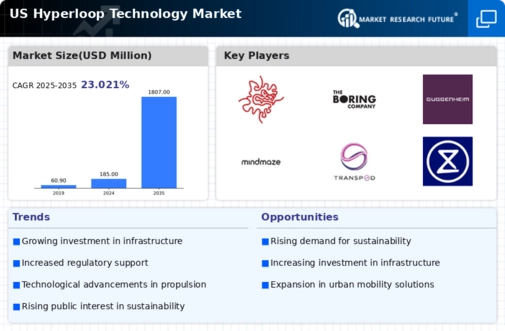
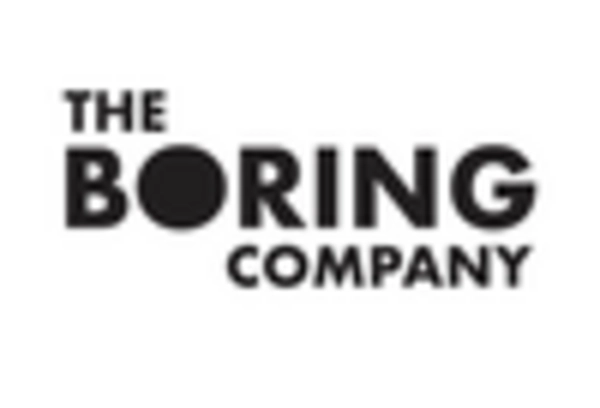

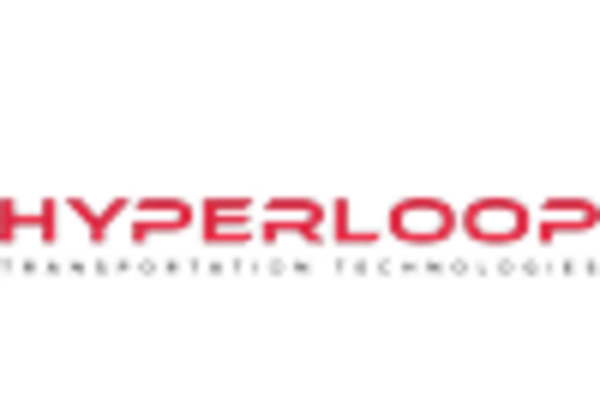

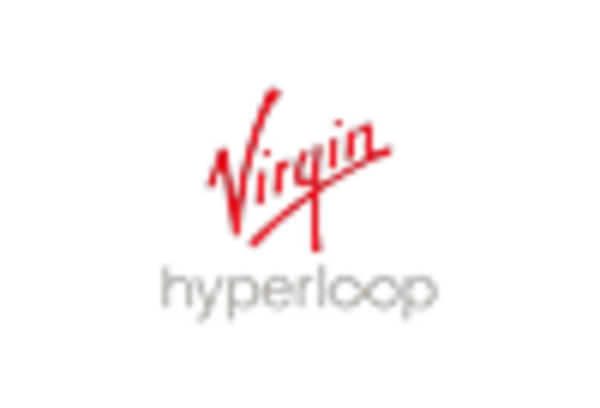
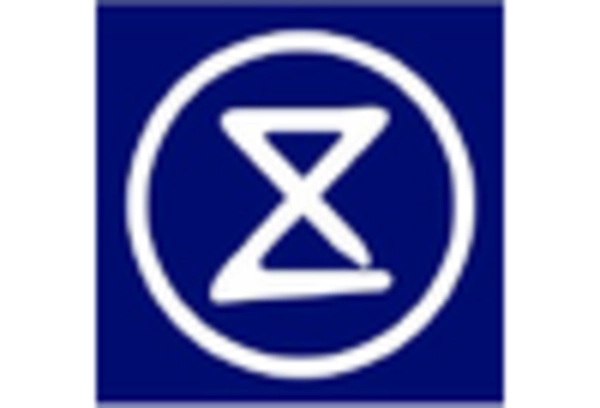








Leave a Comment